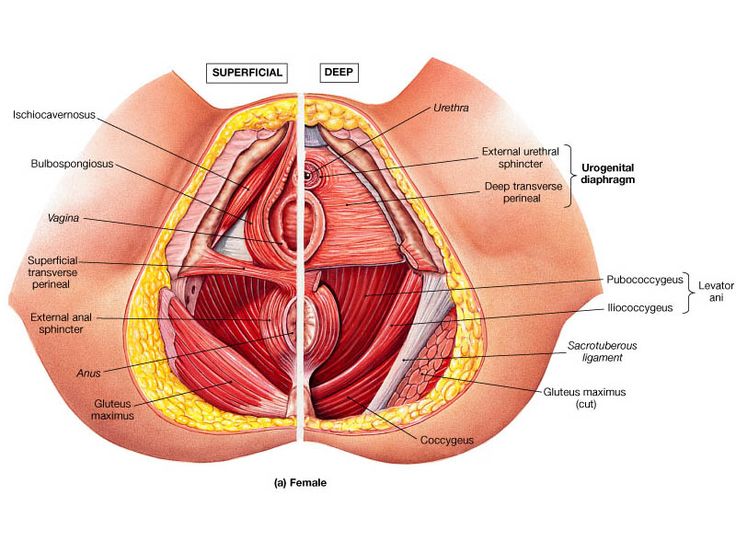When it does they depend on what kind of prolapse you have.
Pelvic floor dropping symptoms.
Uterine prolapse occurs when pelvic floor muscles and ligaments stretch and weaken and no longer provide enough support for the uterus.
For mild cases measures to strengthen pelvic floor muscles may be enough to limit symptoms of prolapse.
Anterior prolapse occurs when the pelvic floor becomes weak or if too much pressure is put on the pelvic floor.
In most cases symptoms are mild in the morning but get worse as the day.
Pelvic floor dysfunction is a condition that affects your ability to control your pelvic floor muscles.
Pelvic organ prolapse happens when the group of muscles and tissues that normally support the pelvic organs called the pelvic floor becomes weakened and cannot hold the organs in place firmly.
Learn about the symptoms and treatment options.
Pelvic organ prolapse pop doesn t always have symptoms.
In fact about one third of all women are affected by prolapse or similar conditions over their lifetime.
Exercises known as kegel exercises are an excellent way to increase your pelvic support.
The organs of the pelvis including the bladder uterus and intestines are normally held in place by the muscles and connective tissues of the pelvic floor.
Pelvic organ prolapse a type of pelvic floor disorder can affect many women.
Symptoms include constipation straining to defecate having urine or stool leakage and experiencing a frequent need to pee.
Pelvic floor dysfunction is the inability to correctly relax and coordinate your pelvic floor muscles to have a bowel movement.
As a result the uterus slips down into or protrudes out of the vagina.
Paradoxical puborectalis contraction this involves a pelvic floor.
Often symptoms are less bothersome in the morning and worsen as the day goes on.

